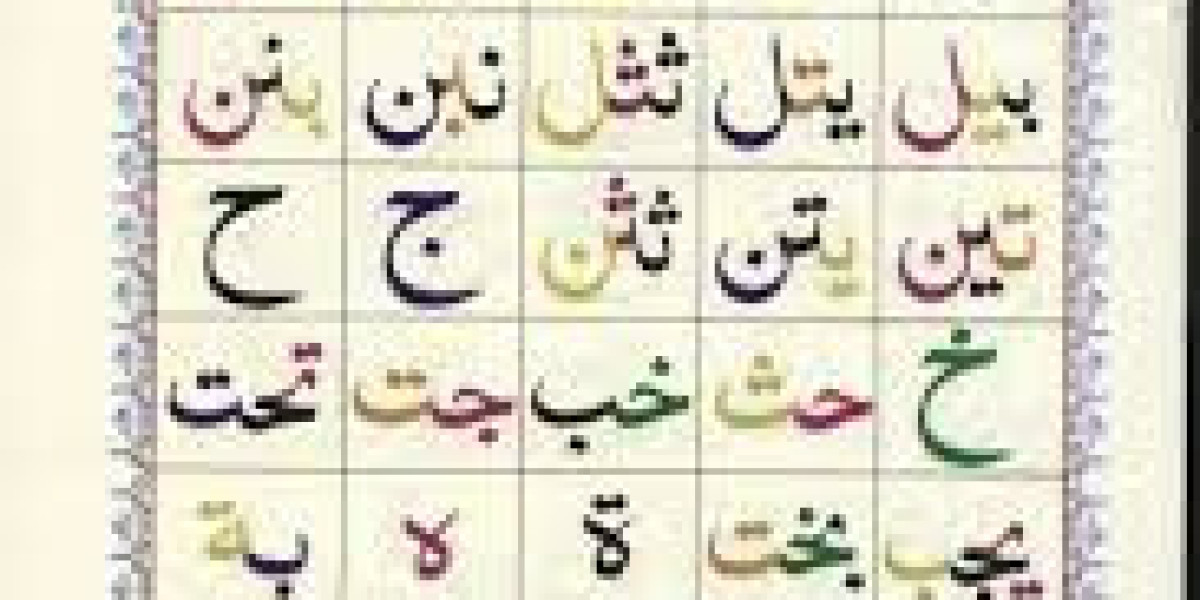Norani Qaida is a fundamental primer used by Muslims around the world to teach beginners—especially children—how to read the Arabic script and the Quran with correct pronunciation (Tajweed). It is carefully designed to introduce Arabic letters and their combinations gradually and effectively. Norani Qaida Page 3 marks a critical point in this journey, where learners begin to recognize and pronounce letters joined in different forms.
What is Covered on Page 3 of Norani Qaida?
Page 3 typically introduces students to the connected or joint Arabic letters. While the first two pages are focused on individual letter recognition and pronunciation, Page 3 begins the process of letter joining, which is a major milestone in reading Arabic fluently.
1. Introduction to Joined Letters (Murakkab Haroof)
At this stage, students start learning how letters are written and pronounced when they appear in the middle or end of a word. Arabic is a cursive language, meaning most letters change their shapes depending on their position within a word. Page 3 introduces simple combinations such as:
ب + ا = با
ل + ا = لا
م + ن = من
These examples help learners understand how to pronounce letters when they are connected and how their shapes shift accordingly.
2. Focus on Phonetic Sound Recognition
A key objective of this page is to strengthen the student's ability to pronounce the sounds clearly and distinctly, without merging or mispronouncing them. For instance, "با" should be read with a clear 'ba' sound, distinguishing the ب (ba) from the ا (alif).
3. Reinforcement Through Repetition
Students are encouraged to read each combination multiple times. Repetition is vital because:
It builds muscle memory for mouth movement.
It strengthens phonemic awareness.
It reinforces visual recognition of connected letters.
4. Beginner Tajweed Elements
Though full Tajweed rules come in later pages, the foundation begins here. Page 3 subtly introduces the concept of makharij (articulation points) and sifat (qualities of letters). For example:
Differentiating between س (seen) and ص (saad), which may look or sound similar to a beginner.
Practicing soft vs. heavy letters (e.g., ل in "لا" is light, ص in "صا" is heavy).
Importance of Page 3 in Norani Qaida
Page 3 might seem basic, but it's the cornerstone of developing the skill to read Arabic fluently and correctly. Here's why it's so crucial:
A. Letter Combination Skills
Reading the Quran involves recognizing words, not just isolated letters. Page 3 bridges this gap. It teaches learners:
How letters blend.
How to maintain correct pronunciation.
The concept of syllables in Arabic reading.
B. Early Grammar Awareness
Though it is not an explicit grammar lesson, it lays the groundwork for understanding:
Letter connectivity rules (not all letters connect on both sides).
Initial, medial, and final forms of Arabic letters.
C. Confidence Building
As students successfully read their first joined letters, their confidence soars. This psychological milestone is key to sustained motivation in Quranic studies.
How to Teach Page 3 Effectively
Whether you are a parent, teacher, or student, here are some tips to master Page 3:
Slow and Clear Pronunciation: Say each letter and combination clearly.
Use of Visual Aids: Charts showing how letters join in different positions can help.
Daily Practice Sessions: 10–15 minutes a day is sufficient to master this page.
Interactive Methods: Use digital apps, songs, or recitation games.
Correct Mistakes Early: If a child mispronounces a combination, correct it gently and immediately.
Conclusion
Page 3 of the Norani Qaida may seem like a simple lesson on letter combinations, but it is a gateway to proper Quranic reading. It introduces essential skills like connected letter recognition, pronunciation refinement, and foundational Tajweed understanding. Mastering this page ensures that learners are equipped for more complex tasks ahead, such as reading full Arabic words, understanding vowel markings, and eventually reciting the Quran fluently and accurately.







